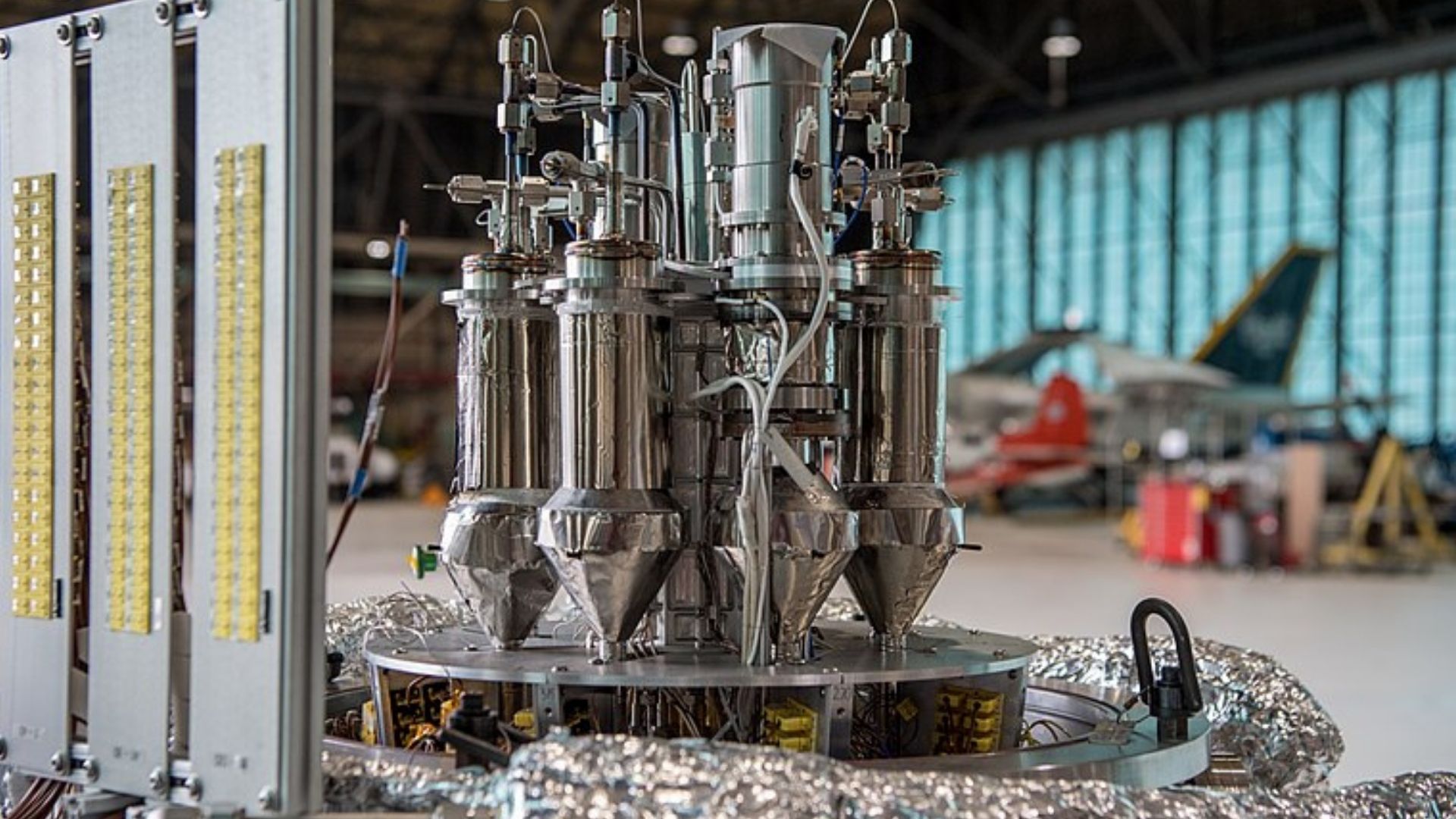
The year 2023 marked a transformative period for Small Modular Reactors (SMRs), as these innovative nuclear power solutions stepped out of the shadows and into the limelight. Long considered as promising but speculative, SMRs have overcome skepticism, gaining global recognition and support. This article explores the significant developments in the SMR landscape in 2023, highlighting key projects, global collaborations, and the emergence of frontrunners set to shape the future of nuclear energy.
Video: Nations Push for Nuclear Energy at COP28 Summit in Dubai Nov. 30 to Dec. 12, 2023
The Historical Hurdles:
For nearly two decades, the SMR concept existed primarily on paper, with over 100 designs proposed but only a few making it past the drawing board. The first operational SMR, Russia’s Akademik Lomonosov, launched in 2019, had the distinction of being the sole project in commercial operation. The rest of the SMR designs faced challenges, with many shelved or put on hold. The nuclear industry’s overall struggle for sustainability and competitiveness cast shadows on the prospects of SMRs, limiting their acceptance.
A Global Paradigm Shift:
However, the narrative changed dramatically in 2023. At the COP28 conference in Dubai, 22 countries, including major players like the U.S., UK, Japan, South Korea, and France, signed a declaration recognizing the pivotal role of nuclear energy in achieving global net-zero goals. The commitment extended to tripling nuclear capacity by 2050, with a specific emphasis on small modular reactors. This global consensus marked a turning point, indicating a newfound appreciation for the potential of SMRs in the energy transition.
European Parliament’s Landmark Move:
In Brussels, the European Parliament, after prolonged debates on the sustainability of nuclear energy, approved a landmark decision supporting the deployment of SMRs across Europe. The European Commission echoed this sentiment, emphasizing its commitment to maintaining European technological leadership in nuclear energy. A new European SMR-focused industrial alliance received official support, setting the stage for collaborative efforts in advancing small modular reactors.
Investor Frenzy and Government Support:
The once overlooked SMR startups are now at the center of a financial whirlwind. Governments worldwide, along with prominent private investors like Bill Gates and OpenAI’s Sam Altman, are eagerly investing billions in SMR ventures. Public offerings of SMR startups are met with overwhelming interest from retail investors, reflecting a newfound confidence in the economic viability of these projects.
Navigating the Future: NNWI Report:
In sync with this seismic shift, the New Nuclear Watch Institute (NNWI) released a comprehensive report titled “Scaling Success: Navigating the Future of Small Modular Reactors in Competitive Global Low Carbon Energy Markets.” The report evaluates the global SMR landscape through 2050, providing insights into potential challenges and opportunities.
SMR Deployment Dynamics:
NNWI’s base-case scenario projects a total installed capacity of 150 to 170 GW(e) for the global SMR fleet by 2050. The U.S. and Canada are expected to contribute approximately one-third of this growth, with substantial contributions from China and emerging markets in Africa, Asia, and Latin America. The report emphasizes the need for rapid scaling to capitalize on economies of modularization and series deployment, crucial for cost reductions in a competitive market.
Identifying Front-Runners:
NNWI identifies 25 high-viability SMR designs, categorized into “first movers and front-runners,” “niche projects,” and “high-risk potential disruptors.” Five designs emerge as front-runners, positioned to lead the global market by 2050: Rosatom’s RITM-200, CNNC’s ACP-100/Linglong One, NuScale’s VOYGR, GE Hitachi’s BWRX-300, and X-Energy’s XE-100.
RITM-200 (Rosatom, Russia):
Rosatom’s RITM-200 series stands out with its integrated “plant-as-a-service” business model, securing comprehensive state support. Leveraging its first-mover advantage, RITM-200 is set to reach price parity with coal power generation by the mid-2030s, capturing a significant share of the global SMR market.
ACP-100/Linglong One (CNNC, China):
China’s Linglong One, with a versatile Pressurized Water Reactor (PWR) design, showcases lower construction costs and state support, positioning it to capture a substantial share of the global SMR market. Linglong One’s deployment spans various applications, including district heating and floating power plants.
VOYGR (NuScale, U.S.):
Despite recent setbacks, NuScale’s VOYGR remains a key player, with the potential to secure around 10% of the global installed capacity by 2050. NuScale’s mature manufacturing ecosystem and partnerships position it to expand rapidly, especially in Eastern and Central Europe.
BWRX-300 (GE-Hitachi, U.S.):
GE-Hitachi’s BWRX-300, selected by Ontario Power Generation, aims to secure 5% of the global market share by 2050. Its evolutionary design and cost advantages make it a strong contender, with potential deployment in the highly competitive on-grid market segment.
XE-100 (X-Energy, U.S.):
X-Energy’s XE-100, a High-Temperature Gas Reactor (HTGR), capitalizes on U.S. government support, offering a unique fuel cycle with versatile applications. With the potential to capture 7% of the global SMR market by 2050, XE-100 stands out in the advanced co-generation and industrial process heat segment.
Conclusion:
In 2023, Small Modular Reactors have shed their status as speculative concepts and emerged as key players in the global energy landscape. With support from governments, investors, and industry stakeholders, SMRs are poised to redefine the future of nuclear energy. The identified front-runners, each with unique advantages, are set to lead the way, collectively contributing to over half of the global SMR fleet by 2025. As the world embraces the transformative potential of SMRs, the journey towards sustainable, flexible, and economical nuclear power has truly begun.






[…] Some recent estimates have suggested even higher costs. Advances in nuclear technology, such as small modular reactors (SMRs), are being explored as potential solutions to reduce costs and construction times. SMRs have the […]